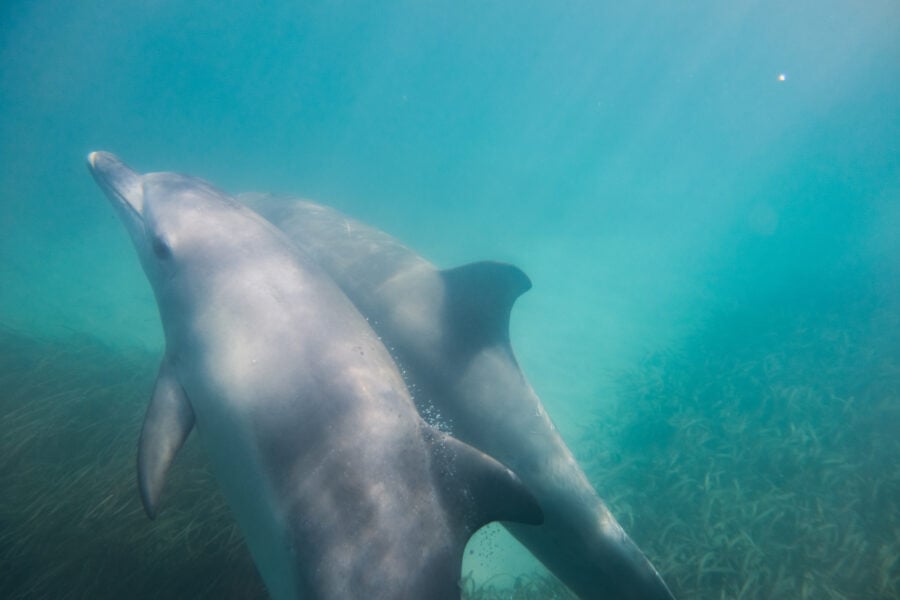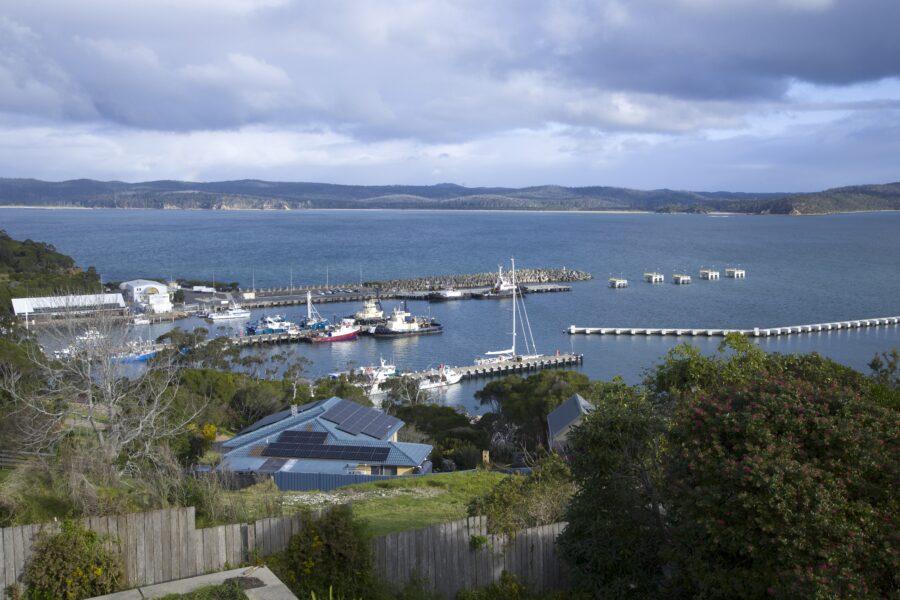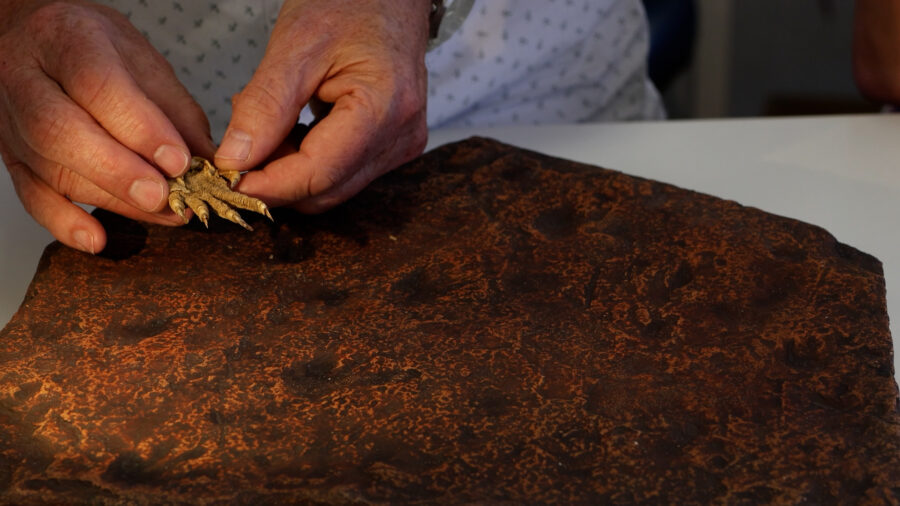Fake Indigenous art and the Commonwealth Games
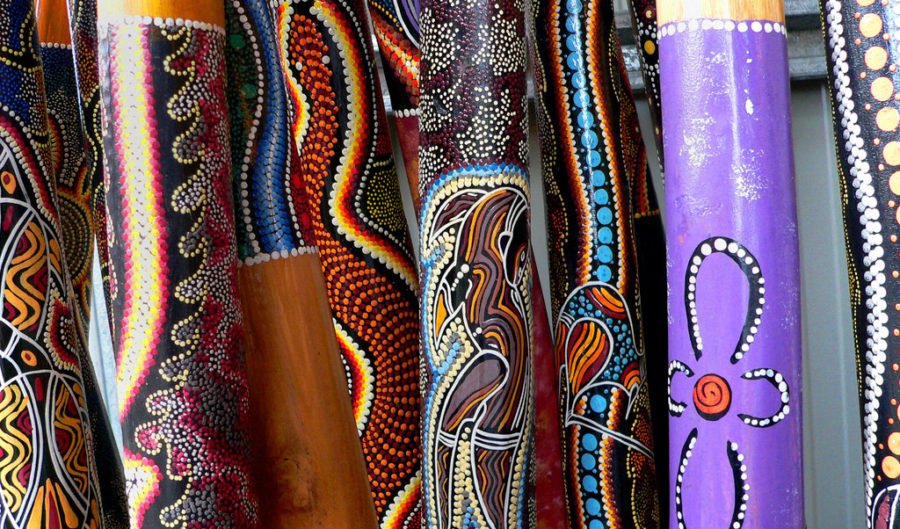
IN THE LEAD-UP to the Commonwealth Games, held in April next year, there has been a big push by indigenous Australians to prevent the sale of fake Aboriginal souvenirs by enforcing clearer guidelines.
Early this year, attempts to lobby the government to make it illegal to sell fake Aboriginal art escalated when Indigenous Art Code, a group dedicated to ensuring the ethical trade of indigenous art, began collecting knock-offs as evidence.
The group requested the addition of mandatory documentation to ensure all Aboriginal art is either created or licensed by Aboriginal Australians.
Currently, under Australian competition and consumer laws it isn’t considered illegal to distribute these products as long they do not falsely claim to be authentic.
In response to the pressure of the Commonwealth Games, this week indigenous leaders told ABC News online that they will be naming and shaming all those who distribute fake indigenous art products during the sporting event, when an influx of tourists into Queensland is expected.
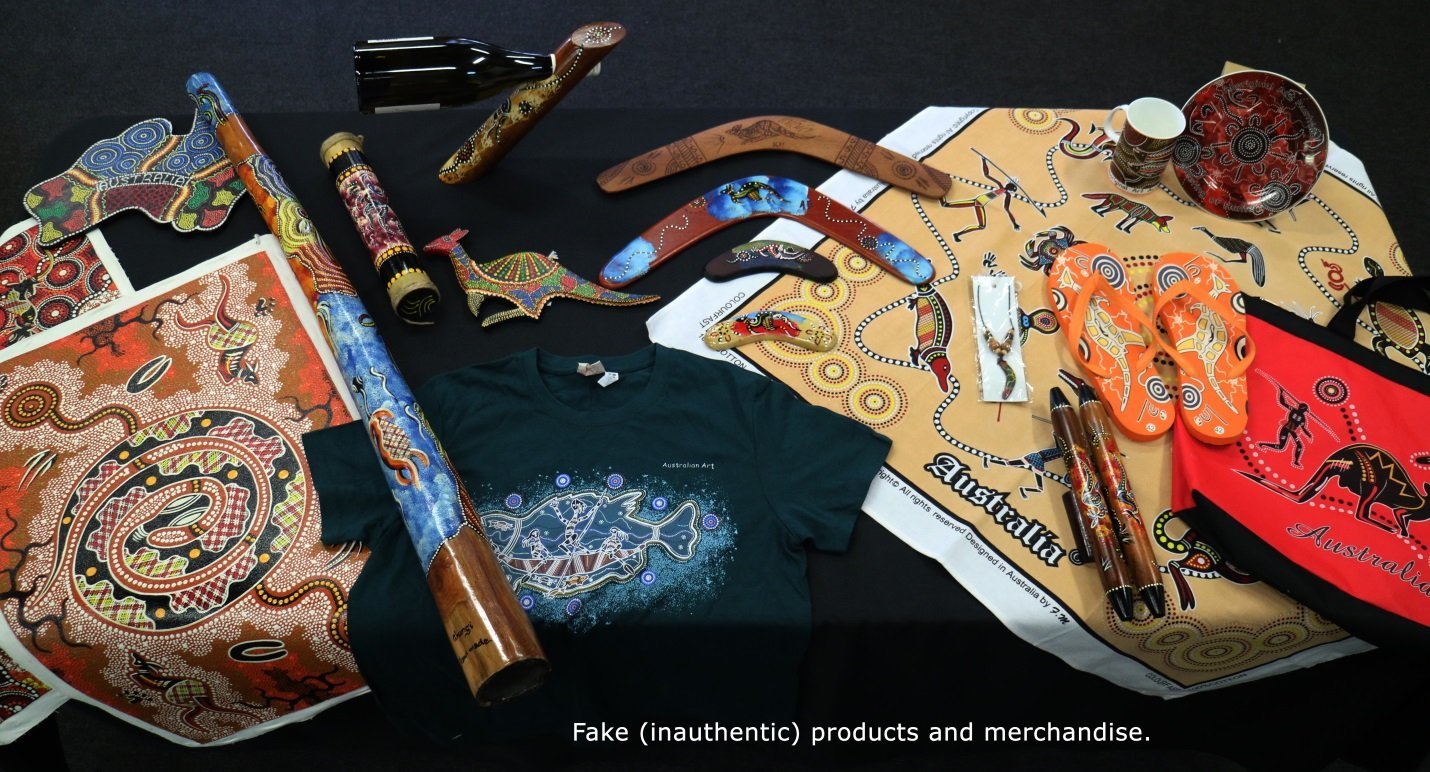
Despite ongoing calls for crackdowns, fake Aboriginal art has remained an issue for indigenous communities for decades, dating back to the 1967 referendum, up until which, the problem went largely unpoliced.
Parallel to the land rights movement, indigenous people began demanding that traditional knowledge, in its various forms, be protected by the courts.
On Tuesday, Indigenous Art Code and the Arts Law Centre of Australia issued a press release asking that Prime Minister, Malcolm Turnbull, support changes to consumer law detailed in the private member’s bill put forward by Bob Katter— Federal Member for Kennedy, before the 4th of September.
Australian Geographic spoke with Mark Williams, an intellectual property lawyer and professor at RMIT about the impact of fake Aboriginal art and souvenirs on communities, and how to avoid purchasing these products.
How does fake art impact indigenous communities?
For Aboriginal Australians, the damage to indigenous communities is far more extensive than any missed economic opportunity— a reality that Mark says is recognised by the courts.
“Acts of faking are disrespectful, but that disrespect goes to the heart of the cultural, social and political divide between indigenous Australians and outsiders who seek to impose their values on or disrespect those communities,” Mark explained.
He added that when indigenous people share different forms of cultural expression with non-indigenous Australians, this can be a form of reconciliation.
However, when this exchange is altered or appropriated for profit by those who lack understanding of certain cultural expressions, or do not have permission to share such expressions, this wedges a divide.
“The courts have accepted that an act of faking a story brings shame on the keeper of the story or the painting who has the duty under customary law to keep the story safe and to pass it on to people who are allowed to tell it or use it,” Mark said.
The economic disadvantages to Indigenous communities are nonetheless, drastic. Not only does fake art divert income streams, but it also casts doubt on the authenticity of legitimate work.
How can you tell whether something is fake?
Certificates of authenticity and ‘indigenous made’ trademarks are recognised and valued, but also have several limitations.
Activist, Sam Watson told ABC News online that many overseas sellers were falsely using the ‘Made in Australia’ labels.
“Far too often you see cheap knock-offs that are created in these offshore sweatshops that look good, sound good, and feel good, but they are not the genuine quality Aboriginal products,” Sam said.
Ideally, going straight to the source typically guarantees authenticity. Mark told Australian Geographic that cutting out the middle man, is the key to buying authentic work.
“Buying direct from the artist or the network of Aboriginal community arts centres throughout the country or following the provenance back to those individuals or centres will be the best assurance of authenticity,” Mark explained. “And I stress ‘community’ arts centres, not ones run by non-Aboriginal people where the profits do not go back to the communities.
Mark added that exotic materials such as plastic is also something to look out for.
However, he says that some communities do licence the manufacture of everyday consumer goods, and that some indigenous artists, perhaps working in studio practices, use contemporary materials at certain levels of technical complexity, that are difficult to replicate.
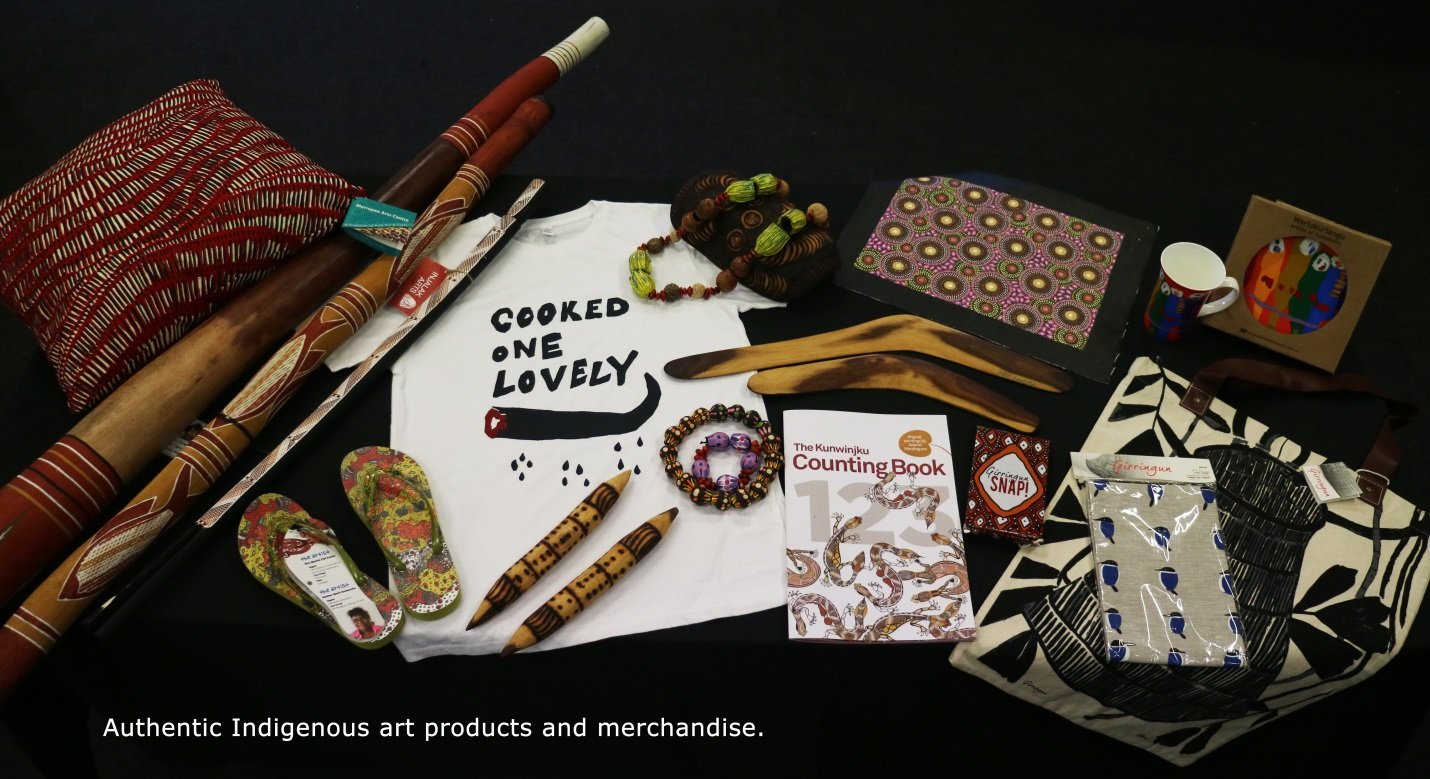
READ MORE:
- Gallery: Modern Aboriginal art.
- Sydney Opera House to be lit up with Aboriginal art each sunset.
- Australia’s top 7 Aboriginal rock art sites.
